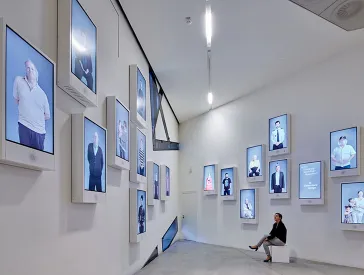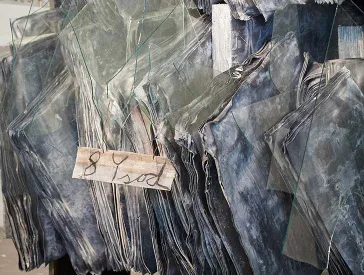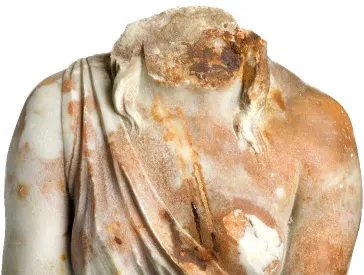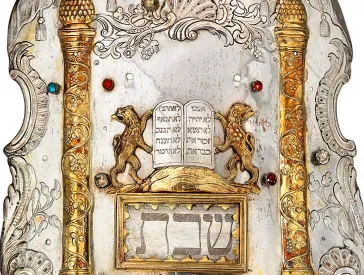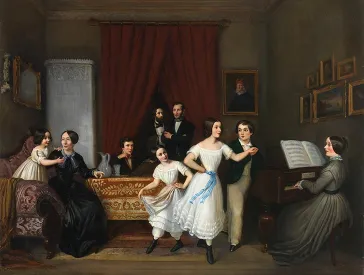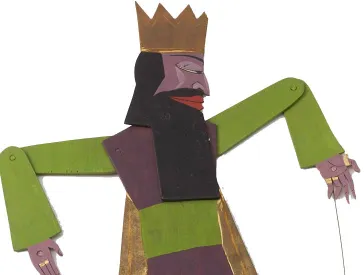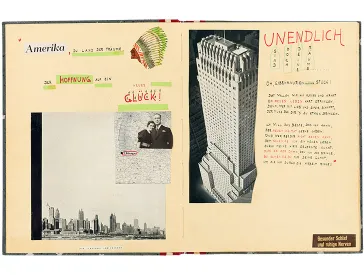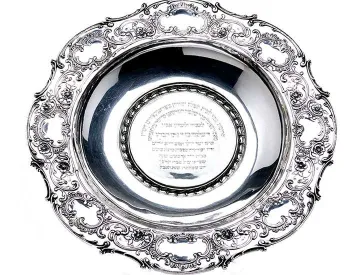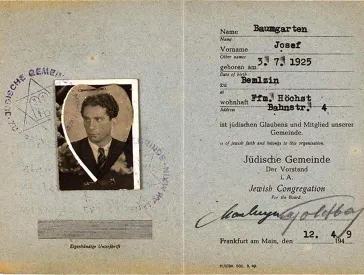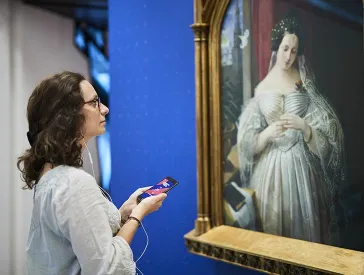Going-away Present
Unusual Objects From Our Permanent Exhibition Tell Stories of Jewish Life
In late 1936 Ernst and Margot Rosenthal left Germany and immigrated to the United States in hopes that they could live a life free of discrimination and persecution.
Bruno Heidenheim, Album to bid farewell to Margot (1913–2010) and Ernst Rosenthal (1898–1971), Chemnitz, 1936; Jewish Museum Berlin, accession 2017/285/0, gift of Karin and Steve Rosenthal, photo: Roman März
In order to ease their departure, friends of theirs, the Heidenheim family, gave them “Small Tips for Great People”, an affectionately handmade album that was a collage of self-composed sayings and poems and pictures cut out of the newspaper. The charming going-away present was to prepare the Rosenthals for their host country.
The Album to Browse Through
Our Stories: “Farewell, farewell, think of us oft, we'll send you our well-wishing thoughts. Happiness awaits across the sea, but saying goodbye to you isn't easy.” Aubrey Pomerance, head of our archive and curator of the new core exhibition, talks about this testimony to a close friendship and two diverging life paths. Further information on this object can be found in our online collections (in German).
Core Exhibition: 13 Objects – 13 Stories (13)
